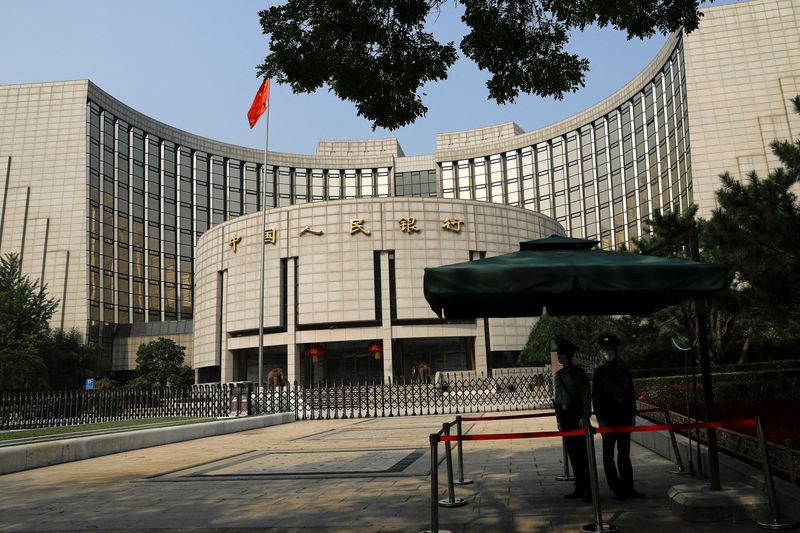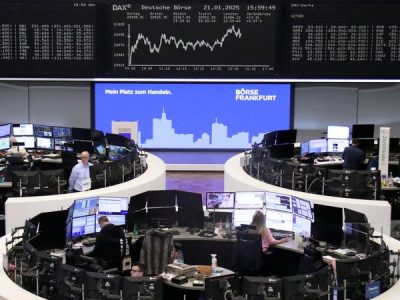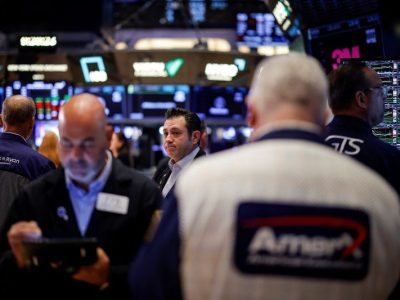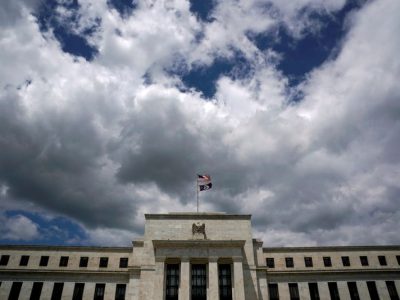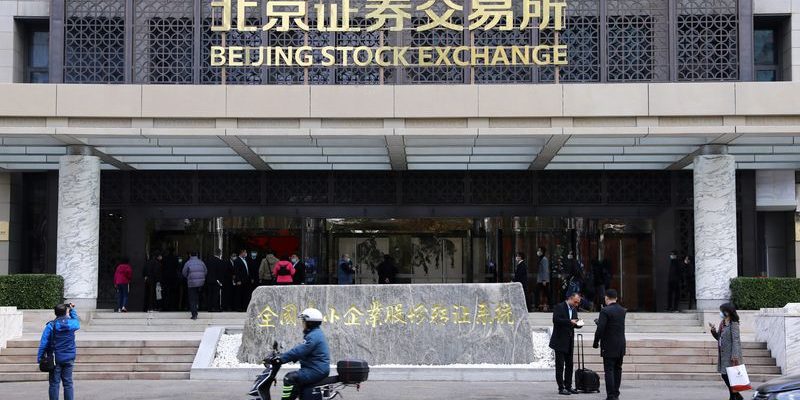
By Jamie McGeever
(Reuters) – A look at the day ahead in Asian markets.
Will this week be Chinese President Xi Jinping’s equivalent of Mario Draghi’s famous “whatever it takes” moment?
Only time will tell if China’s volley of monetary, liquidity and fiscal stimulus shots this week sparks a sustainable economic recovery, but the rally ripping through Chinese stocks suggests investors are willing to give Beijing the benefit of the doubt.
At the very least, downside risks to growth and inflation have been pared back. Remove the near-term pessimism, and the outlook is suddenly a lot brighter, regardless of the underlying fundamental and structural challenges China’s economy faces.
Couple that with a U.S. economy still seemingly on track for a ‘soft landing’ and a central bank determined to get ahead of the curve to deliver that outcome, the global picture is a lot brighter too.
Risk assets around the world are responding accordingly. The MSCI World and S&P 500 both hit new highs on Thursday.
In Asia, Shanghai’s blue chip equity index is up 10.8% so far this week, which would be its biggest weekly rise since December, 2014. The broader Shanghai composite index is up 9.7%. A close at that level on Friday would mark its best week since November, 2008.
Hong Kong’s benchmark Hang Seng index‘s 4% rally on Thursday brings its weekly gains to 9%, the most in 13 years. An index of mainland Chinese property stocks, meanwhile, leapt 16%.
The main potential brake on this momentum on Friday will be a wave of profit-taking ahead of the weekend, especially as it is coming up to the end of the quarter, and Chinese markets will be closed Oct. 1-7 for the Golden Week holiday.
While the euphoria and relief are understandable given how beaten down sentiment and asset prices were, a sense of caution is warranted.
Although Draghi’s “whatever it takes” commitment in 2012 to save the euro greatly reduced the risk of financial and political catastrophe – bond yield spreads have been lower ever since – the actual policies behind it didn’t fundamentally solve the euro zone’s severe economic problems.
Similarly, Beijing’s measures this week won’t fully solve China’s property bust, banish the threat of deflation, or address its long-term demographic challenges.
But that’s for another day. Or year.
The main Asian economic indicator on deck on Friday is Tokyo consumer price inflation for September, which is expected to show a fairly sharp slowdown in the annual core rate to 2.0% from 2.4%.
Minutes from the Bank of Japan’s July meeting on Thursday showed that policymakers were divided on how quickly interest rates should be raised again, highlighting uncertainty on the timing of the next increase in borrowing costs.
Here are key developments that could provide more direction to Asian markets on Friday:
– Tokyo inflation (September)
– Japan leading indicators (July)
– German unemployment (September)


